Good People of vitruta: Gabriel Mealor-Pritchard
Interview: Alara Demirel
Gabriel Mealor-Pritchard is a writer, editor, and recent graduate of Central Saint Martins. Through his independent publications—Asthetik and Riff—he crafts spaces where fashion, music, and design speak not just to aesthetics but to feeling, rhythm, and cultural memory.
But of course, Gabriel is more than his titles. His world moves through textures, soundscapes, and sentences that linger. From the intimacy of a playlist to the lasting impression of a scent, he curates meaning in quiet details—always evolving, always paying attention.
In this conversation, we follow Gabriel’s way of seeing and sensing—from style as a personal language to taste as lived experience. His sense of community? It’s rooted in care. And for him, vitruta is exactly that: a space that notices, connects, and uplifts.

Great to have you here, Gabriel! Let’s kick things off with our usual opener: How would you describe yourself to someone who doesn’t know you? Who is Gabriel? Where did it all start, what have you done, and where are you now?
Hey! My name is Gabriel Mealor-Pritchard, I’m 22 years old, and I’m from Conwy, a small coastal town in North Wales. I’ve always been drawn to the intersection of language and image, how they shape the way we see the world. That interest eventually led me to London, where I’ve spent the last four years studying Fashion Communication: Fashion Journalism at Central Saint Martins, from which I've just graduated.
Since 2020, I have launched two independent magazines: Asthetik and Rif. What started as passion projects quickly became platforms for creative collaboration and a space for emerging creatives. I'm really looking forward to the future because what they become next is just as exciting as how they began.
Right now, I’m in an exciting transition, fresh out of CSM and continuing to grow both publications while carving out my space in the fashion and creative industries. I’m eager to see what my career has in store for me.
Starting a digital magazine is no small feat. What kind of gap were you trying to fill—and how did you shape its tone, rhythm, and point of view?
In 2020, I launched Asthetik Magazine and have been running it as Creative Director ever since. It’s an independent fashion and lifestyle magazine that shines a light on emerging artists and explores how art, fashion, and design intersect. The Instagram account has grown quickly over the last couple of years, which has been exciting to watch. It’s become a really engaged, creative community. That kind of response keeps me motivated and shows that the work I’m doing is resonating and giving a platform to new voices in the industry.
The website is very much the core of the brand; it’s where all of our writing lives. We publish everything from profiles and stories to reviews and longer investigative pieces. The aim is always to spark conversation and offer a more thoughtful take on the creative industries. More than anything, Asthetik is about encouraging curiosity and celebrating originality.
Alongside that, I also run Riff Magazine, which started out as my final project at Saint Martins. It’s now developed into the music-focused supplement to Asthetik. I’ve always felt that fashion and music goes hand-in-hand, so Riff explores that connection: how sound shapes identity, mood, and style. It’s another way of expanding the conversation and building a more immersive creative universe around both platforms.
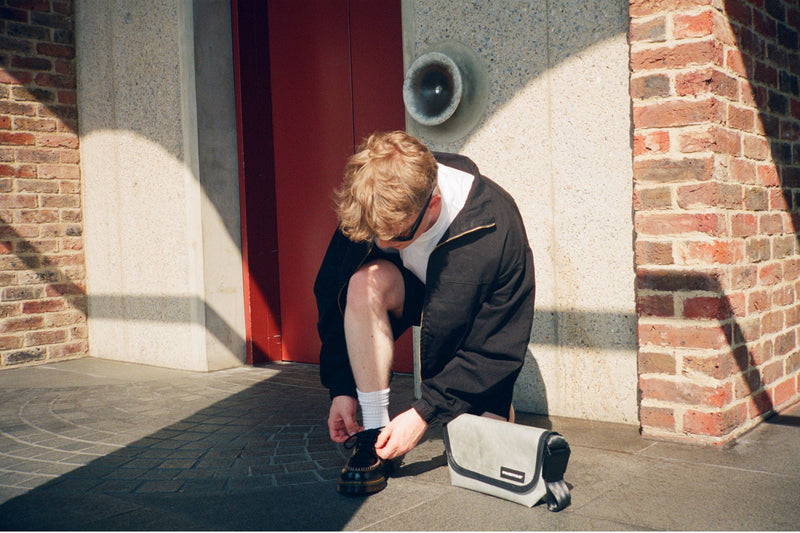
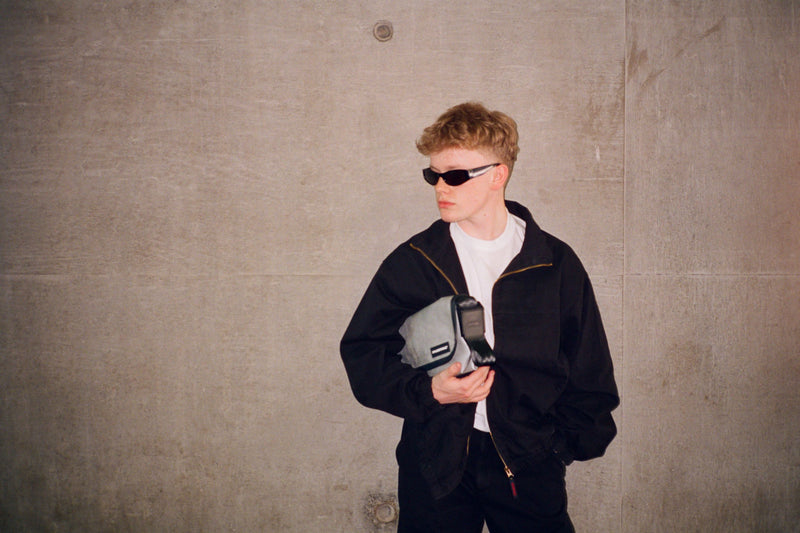
Where do you see fashion journalism going in the next few years? Are you curious or concerned about how AI might shape its tone and authority?
I think that you can never take away the intimacy of true fashion journalism. How humans
personally connect with clothing. Though AI may grammatically write a piece better at once, or
think of 100 different ideas 10x faster, it will never hold the emotionality that a real journalist
possesses when talking fashion... AI can't even wear clothes... yet...
You’re known for having a sharp eye when it comes to clothes. If you could sit down and interview any fashion legend—dead or alive—who would it be, and what would you ask them first?
So hard to choose! After much thought, I would love to sit down and chat with Michèle Lamy. I am sure she has so many stories of moving to New York and setting up clubs/restaurants before reating her own fashion line, Lamy, then moving on and setting up Owenscorp with Rick Owens, her longtime partner.
She has style—a unique style—and constantly wows me. Above all, she recently followed my magazine on Instagram, so I feel this could be a possibility in the near future! I would love to really talk with her.
What excites you most about independent digital publications today?
It is always nice to have a fresh perspective, a unique opinion that isn't censored by mass media. It also allows so much more freedom as they're usually not crazily produced, so the creativity can be spread far and wide.
With Asthetik, there are no rules. I can collaborate with whoever inspires me and take the time the work deserves, all while writing with complete freedom. That’s the beauty of running an independent magazine: the sky is your limit.
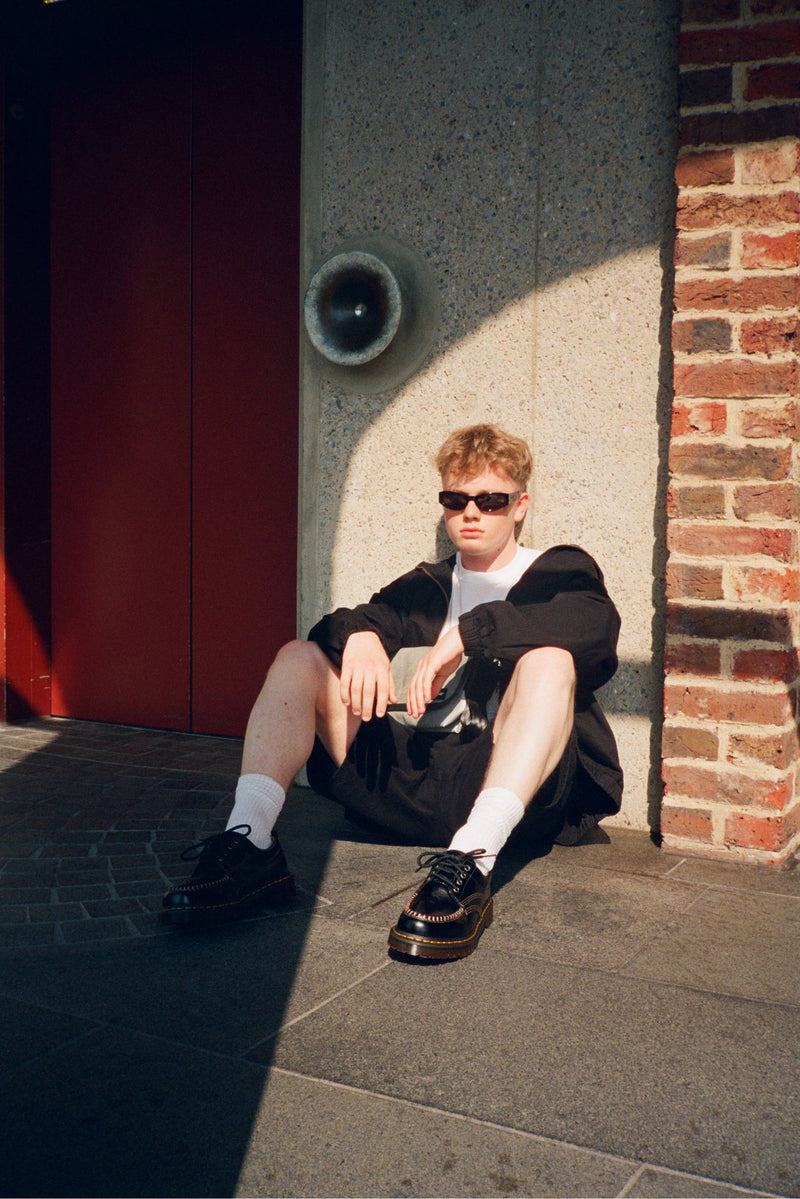
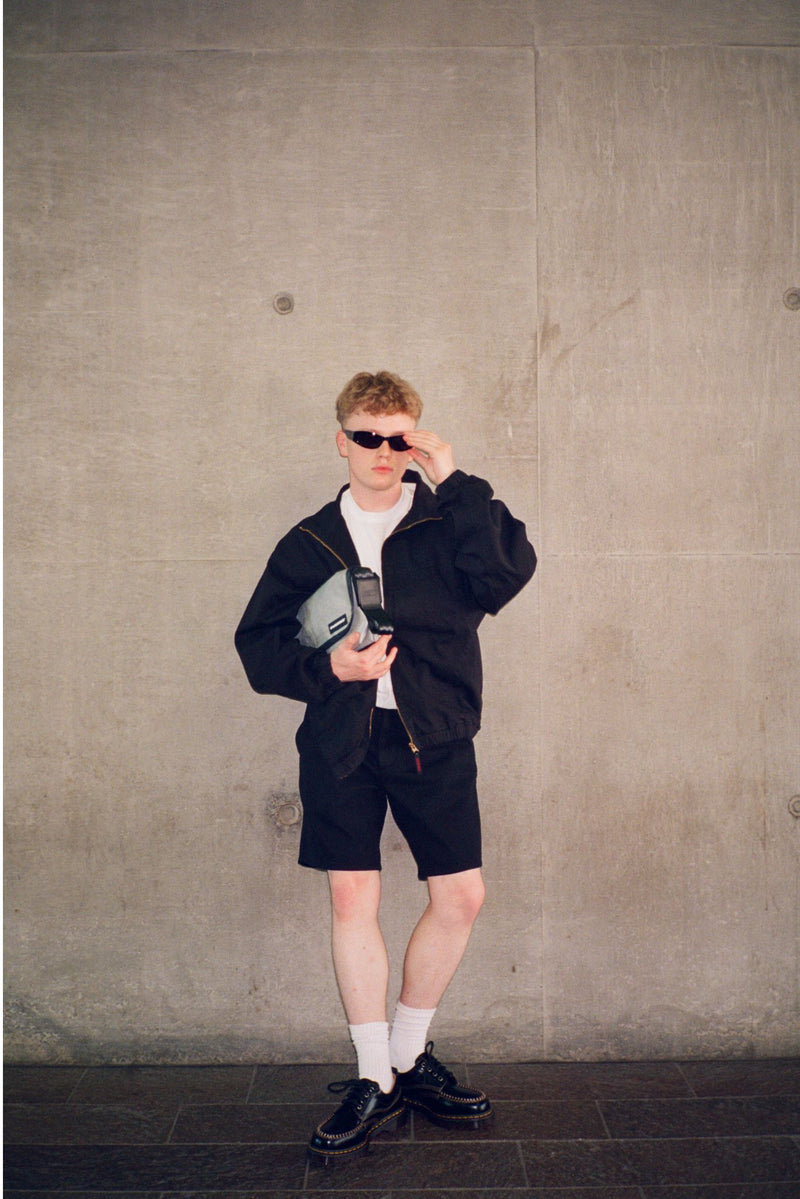
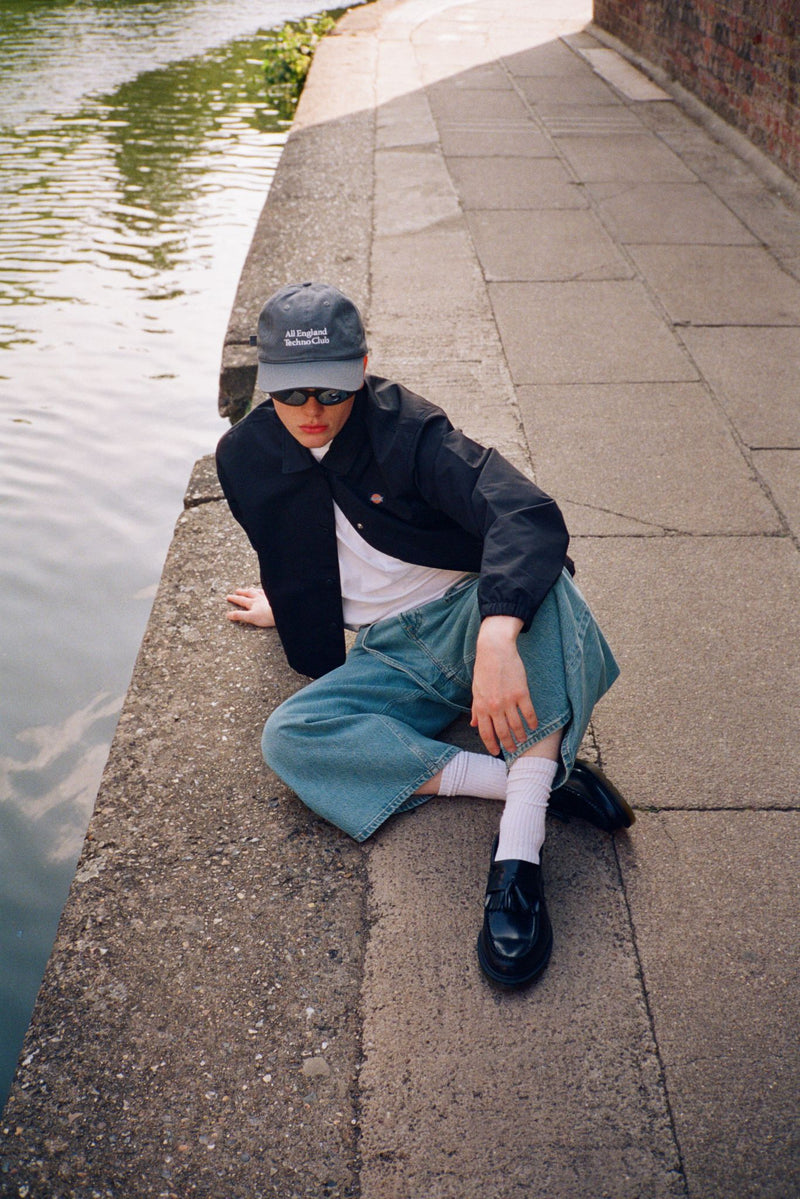
Let’s talk about sound. You’ve explored the connection between music and shopping atmospheres—how a playlist can make or break a retail moment. How do you personally experience that relationship between fashion and music?
I have a vivid memory that sparked my fascination with the connection between music and fashion, specifically, how sound shapes our perception of space, style, and self. I was about 15 years old, shopping with my family, when we stepped into a French Connection store in the historic Roman city of Chester. The store had a distinctive atmosphere: the menswear section was tucked away downstairs, nestled in an ancient stone alcove that gave the space a raw, almost cinematic charm.
As I stood there taking it all in, a track began to play, "Over Sensitive" by Chelsea Jade. Its electronic tone and subtly catchy vibe caught me off guard. In that moment, the music transformed the entire environment. The clothes looked different. The colours seemed more vivid. The space felt more immersive. Something about the synergy between sound and setting resonated deeply, and I’ve never forgotten it.
Though it may seem small, that experience stayed with me and ultimately became the conceptual root of Riff Magazine. It’s not just a supplement to Asthetik, it’s a reflection of my belief that music doesn’t just accompany fashion but enhances and reframes it.
When you’re getting dressed, what tends to lead the way—soundtrack or silhouette?
Definitely the soundtrack. I take the weather, my current feelings, and my tasks into consideration, and then adapt my playlist to meet them, setting me up for the day ahead. Sometimes it’s something upbeat and electronic to shake off the fog and focus; other times, it’s textured and atmospheric alternative tunes that ease me into a slower state of mind. There’s an intimacy in that process, almost as if I’m scoring my own life.

Do you think style is something you learn or something you remember?
I think that a lot of my style, not all of it, comes from what I see around me. Colours and textures, and being from such a small town, far from any fashion capital, I wasn’t directly exposed to wearing some of the things I do now.
For me, that has come with exposure to new looks over the years and maturing, realising that “I would wear ‘XYZ’ now, something I wouldn’t have done 5 years ago,” for instance. I feel my style is always evolving.
What’s a small detail you always notice when you walk into a shop, a cafe, or a studio?
The smell. I take scents quite seriously and love a signature perfume. In terms of retail or creative spaces, a scent is such a small feature that for me, shows that the brand thinks of every little detail, they’re not just there to show up and sell a few things but to curate an experience for the clients. It is almost like when someone is wearing an incredible perfume, and they walk past you.
They’ve gone, moved on, walked away, yet the scent you caught lingers... It’s that lasting impression that is what makes it worthwhile.
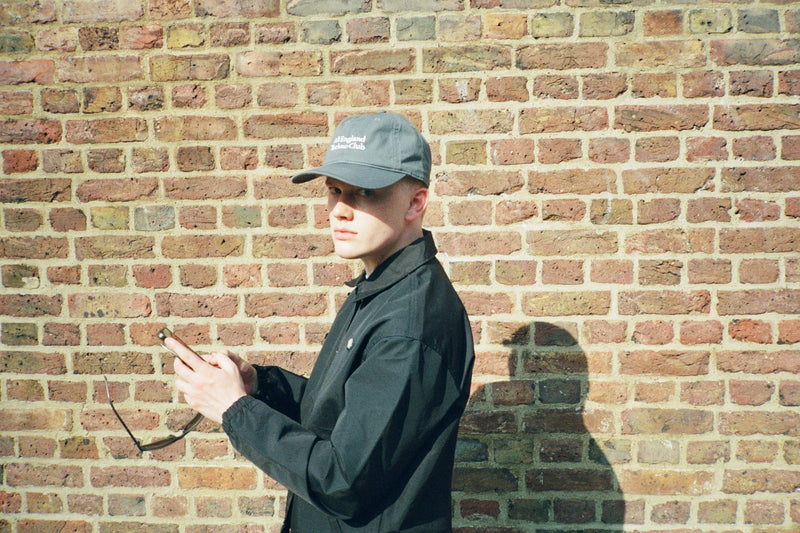

As someone who’s both written about culture and worked in spaces of everyday interaction, what does “taste” mean to you these days?
I see taste as something that is refined and consciously curated. What's not just about preference but about discernment. For me, taste reflects the choices we make, shaped by what we’ve absorbed over time: the art we’ve seen, the spaces we’ve inhabited, the music we’ve moved through, and the people who’ve influenced us along the way.
In my work, both as a writer and as someone immersed in everyday environments, I’ve come to value taste as a kind of quiet precision. It’s about knowing what to include, what to leave out, and how to balance contrast with cohesion. Taste isn’t about excess or showing everything you know. More so, restraint and clarity.
Though I should say that it most definitely evolves, but always with a throughline: a curated vision that reflects how you choose to see the world, and how you choose the world to see you.
And finally… What comes to mind when you think of “vitruta” and “Good People”? It could be anything—a brand, a neighbourhood, a person, a colour, or an event.
I envision a community, a space where vitruta brings people from diverse backgrounds together in a celebration of their individual talents and passions. I think of it as an act of generosity, having a company like vitruta believe in what you do, and feel the desire to uplift your efforts, it means the world, and I'm beyond grateful to have been chosen as a “Good Person” of vitruta.
You can click here to see the products Gabriel Mealor-Pritchard used and chose in the shoot.